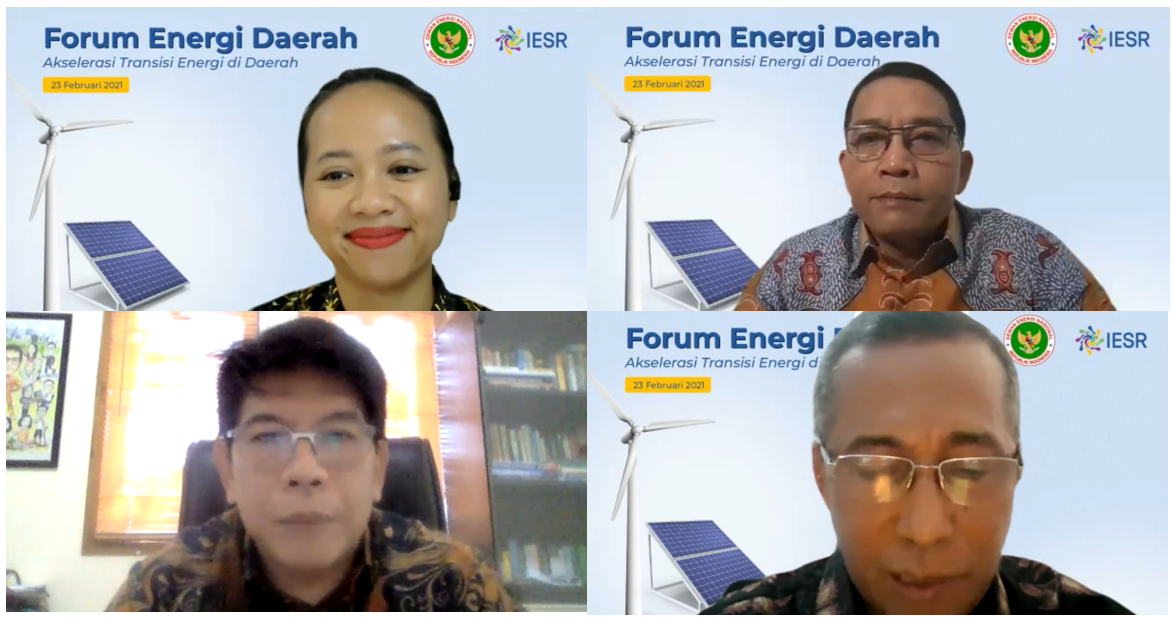Jakarta, 23 February 2022 – Through their respective authorities, local governments play an essential role in achieving national development targets related to renewable energy (RE) development to support the acceleration of the energy transition in Indonesia. In collaboration with the Ministry of Energy and Mineral Resources (ESDM), the National Energy Council (DEN), the Institute for…

